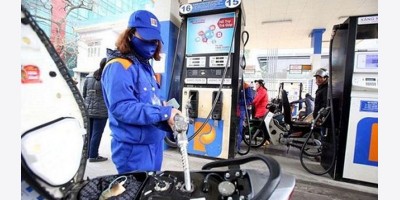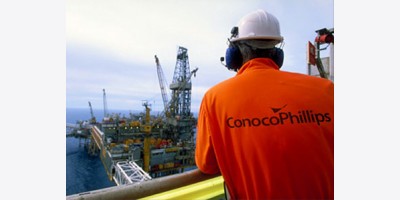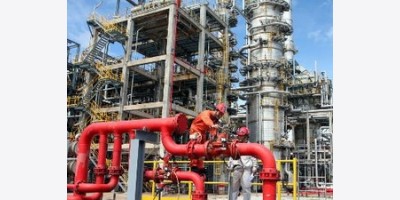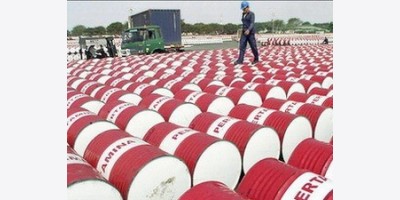ExxonMobil sees upstream growth flat in 2014 at 4 million b/d of oil equivalent, then growing 2-3% between 2015 and 2017, according to slides presented Wednesday at the company's annual analyst meeting from the New York Stock Exchange.
The company's liquids production will be up 2% in 2014, while natural gas production will fall 2%, the company said.
The addition of more liquids and liquids-linked natural gas volumes, which will account for 69% of the company's total production by 2017, will "improve our profitability mix," CEO Rex Tillerson said in a statement.
Liquids production is expected to rise 4% between 2015 and 2017, while natural gas production will gain 1% during the period.
ExxonMobil said it expects total production to rise from 4 million boe/d in 2013 and 2014 to 4.3 million boe/d in 2017.
During 2014, the company plans to add 300,000 boe/d of net production from 10 major projects.
"These projects exemplify our focus on maintaining a diversified portfolio and highlight our ability to grow profitable volumes," Tillerson said.
In total, the company said it has more than 120 "high-quality" projects to develop about 24 billion boe of oil and natural gas.
A Papua New Guinea LNG project and the largest offshore oil and gas platform in Russia are listed as "significant" projects scheduled for startup this year. Others include a heavy oil expansion in Canada and US Gulf deepwater projects, the statement said.
Tillerson said while the company estimates production growth, it is not bound by those numbers going forward if conditions change, making ongoing production decisions based on economics rather than projects.
Exxon's sheer size and scope is both its strength and vulnerability, giving it a strong balance sheet but limiting growth.
"It is very hard for a company of this size to grow," Oppenheimer analyst Fadel Gheit said. ExxonMobil said it replaced 103% of its proved reserves in 2013.
Gheit said the goal of ExxonMobil, the world's largest publicly traded oil company, is to mitigate risk.
"They have more than one business, more than one country and more than one product. They don't have all their eggs in one basket," he said.
In North America, the company expects 50% near-term growth in liquids, with growth mostly stemming from unconventional plays. The company said it is focusing on more profitable liquids plays rather than natural gas, but said it could quickly ramp up gas production if demand warranted.
ExxonMobil also has significant holdings in the Midcontinent's Woodford Ardmore/Marietta shale play as well as North Dakota's Bakken. It also has a stake in the Permian Basin, where it holds a 1.5 million-acre leasehold and expects production to reach 90,000 boe/d by 2017.
In the Bakken, production is expected increase to more than 900,000 boe/d by 2017, showing 81% year-on-year growth due to strategic acquisitions and optimized drilling "in sweet spots" and closer well spacing, Senior Vice President Mark Albers said.
Exxon's 29% stake in the Canadian Kearl oil sands project expansion is 75% complete and "on budget and on schedule," with startup expected in fourth-quarter 2015, Albers said.
The initial 110,000 b/d of oil sands production was delayed, coming online in 2013 due to project delays. The project is expected to reach peak production of 345,000 b/d in 2020.
The company has already upgraded its 238,000 b/d Joliet, Illinois, refinery to run the heavy Canadian crude from Kearl. It is planning a 235,000 b/d rail terminal in Edmonton, Alberta, with Kinder Morgan Canada which is "more than sufficient" to supply its own refining system with 100,000 b/d as well as deliver crude to other third-party "high-margin locations," said Mike Dolan, vice president in charge downstream.
Overseas, ExxonMobil has a "fairly active" exploration program in Russia, said Tillerson, who said ongoing tensions between Russia and Ukraine have had no impact on the company's operations there.
"I don't see any new challenges," Tillerson said, adding government actions were beyond their control.
Capital spending will decline from 2013 levels of $42.5 billion, which was a peak spending year, to $39.8 billion in 2014. Going forward, the company expects spending to average less than $37 billion between 2015 and 2017.
Source: platts























